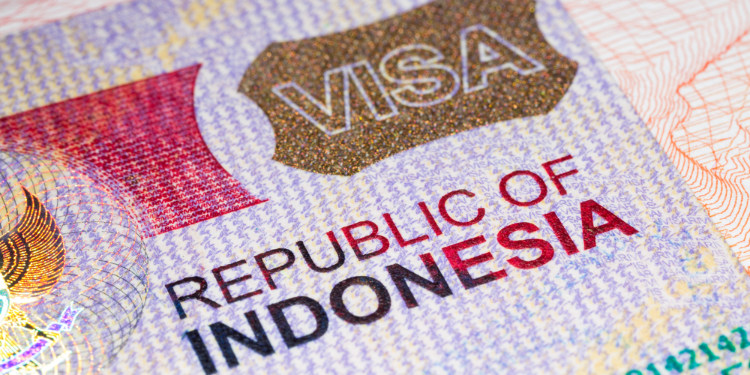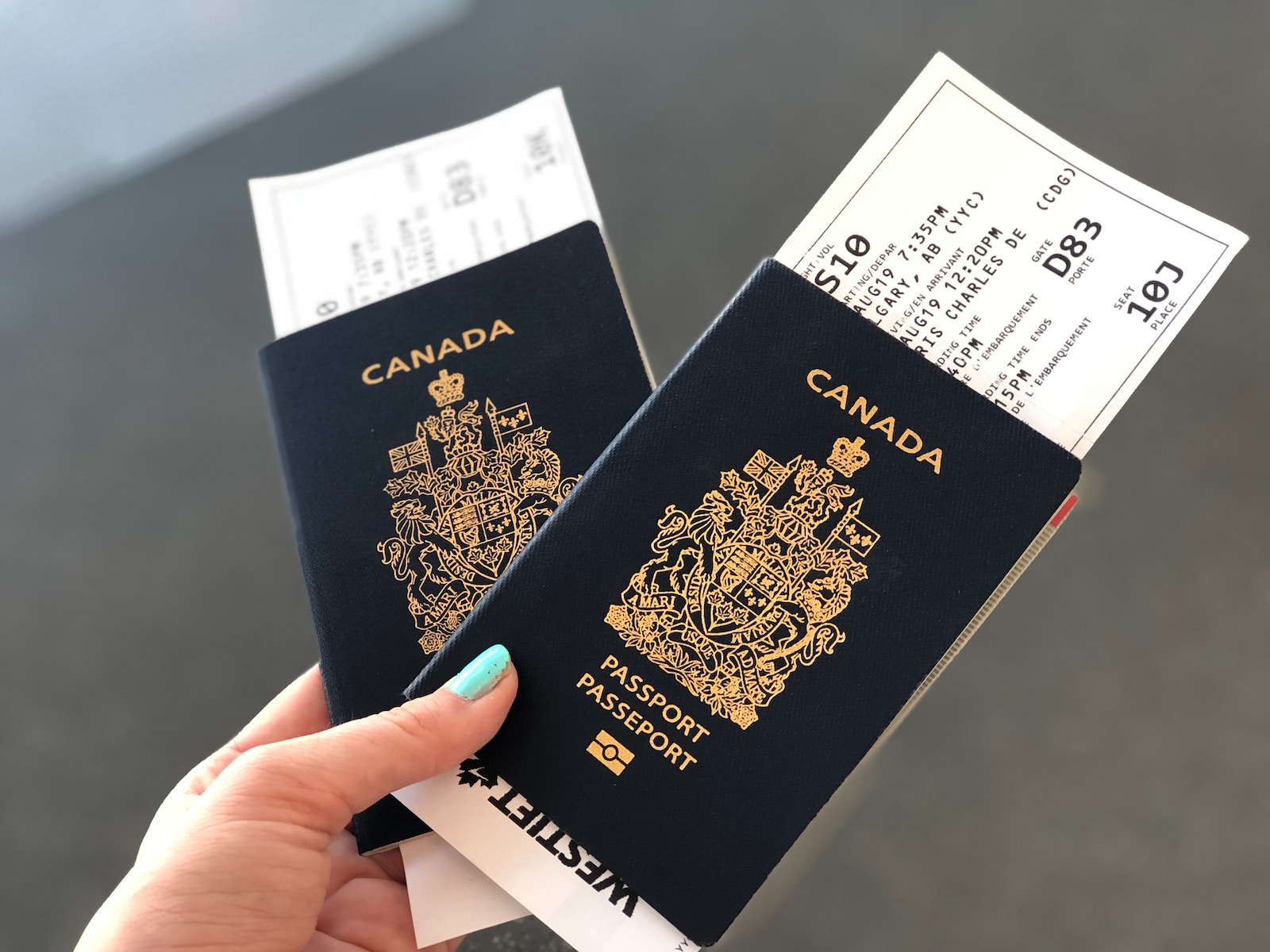Outline
I. Introduction
A. Definition of Automobile insurance fraud
B. Statistics on automobile insurance fraud
II. Types of Automobile Insurance Fraud
A. Staged Accidents
B. Exaggerated Claims
C. False Claims
D. Phantom Vehicles
III. How to Spot Automobile Insurance Fraud
A. Red Flags
B. Common Signs of Automobile Insurance Fraud
C. Steps to Take When You Suspect Automobile Insurance Fraud
IV. The Consequences of Automobile Insurance Fraud
A. Legal Consequences
B. Financial Consequences
V. Preventing Automobile Insurance Fraud
A. Education and Awareness
B. Technology
C. Industry Collaboration
VI. Conclusion
A. Summary of Main Points
B. Final Thoughts
VII. FAQs
Automobile Insurance Fraud
Automobile insurance fraud is a type of fraud that occurs when someone intentionally deceives an insurance company to obtain money to which they are not entitled. Fraudulent activities may include staged accidents, false claims, and phantom vehicles, among others. In the United States, automobile insurance fraud is estimated to cost insurance companies billions of dollars every year. This article will discuss the different types of automobile insurance fraud, how to spot it, its consequences, and how to prevent it.
Types of Automobile Insurance Fraud
Staged Accidents
Staged accidents are orchestrated collisions designed to make it look like a driver was at fault, and the other party is entitled to compensation. The fraudster may stage an accident by deliberately causing a collision with another vehicle or pedestrian, creating a fictitious accident report or injuries, or falsifying medical records.
Exaggerated Claims
Exaggerated claims involve the overstatement of damages or injuries caused by an accident to increase the compensation paid by the insurance company. A person may exaggerate their injuries by claiming to have severe pain or disability when they are not experiencing such symptoms.
False Claims
False claims involve the fabrication of an accident that never occurred or the misrepresentation of an actual accident to obtain compensation. This type of fraud often includes staged theft, vandalism, or arson of the vehicle to collect on the insurance policy.
Phantom Vehicles
Phantom vehicles are fictitious cars that are added to a claim to increase the payout. The fraudster may claim that the accident involved more vehicles than it did, adding phantom vehicles to the police report, and filing claims for damages and injuries to those vehicles.
How to Spot Automobile Insurance Fraud
Red Flags
There are several red flags that can indicate automobile insurance fraud. These include the presence of multiple passengers in the car during the accident, the presence of a tow truck driver at the accident scene, and the presence of a lawyer or medical provider. Also, a fraudster may claim to have a pre-existing injury, which can be challenging to prove.
Common Signs of Automobile Insurance Fraud
Common signs of automobile insurance fraud include inconsistencies in the claimant’s story, discrepancies in the damage or injury reports, and suspicious medical treatments or bills. Also, a claimant may be reluctant to provide information or documentation related to the accident or injury.
Steps to Take When You Suspect Automobile Insurance Fraud
If you suspect that automobile insurance fraud has occurred, you should report it to the authorities and your insurance company. Keep a detailed record of the incident, including the date, time, and location of the accident, and the names of the individuals involved.
The Consequences of Automobile Insurance Fraud
Legal Consequences
Automobile insurance fraud is a serious crime, and those who commit it can face criminal charges and substantial fines. Additionally, if convicted, the fraudster may be required to pay restitution to the insurance company.
Financial Consequences
The financial consequences of automobile insurance fraud can be significant. Insurance companies often pass on the cost of fraud to their policyholders by increasing premiums. Also, if the fraudster is caught, they may have to pay back the money obtained through fraudulent means.
Preventing Automobile Insurance Fraud
Education and Awareness
Education and awareness are essential in preventing automobile insurance fraud. Insurance companies can provide information to policyholders on how to spot fraudulent activities, and law enforcement can educate the public on the legal consequences of automobile insurance fraud.
Technology
Technology can also be used to prevent automobile insurance fraud. Insurance companies can use data analysis tools to detect patterns and anomalies in claims, and they can use fraud detection software to flag suspicious claims.
Industry Collaboration
Industry collaboration is also crucial in preventing automobile insurance fraud. Insurance companies, law enforcement, and other stakeholders can work together to develop strategies and best practices for preventing fraud.
Conclusion
Automobile insurance fraud is a serious crime that can result in significant financial and legal consequences. It is essential to know the different types of fraud, how to spot it, and how to prevent it. By working together, insurance companies, law enforcement, and other stakeholders can reduce the incidence of automobile insurance fraud and protect policyholders.
FAQs
- How common is automobile insurance fraud?
- Automobile insurance fraud is estimated to cost insurance companies billions of dollars every year in the United States.
- What are some red flags of automobile insurance fraud?
- Some red flags of automobile insurance fraud include multiple passengers in the car during the accident, the presence of a tow truck driver at the accident scene, and the presence of a lawyer or medical provider.
- What are the consequences of committing automobile insurance fraud?
- The consequences of committing automobile insurance fraud include criminal charges, substantial fines, and restitution payments to the insurance company.
- How can technology be used to prevent automobile insurance fraud?
- Technology can be used to prevent automobile insurance fraud by using data analysis tools to detect patterns and anomalies in claims and fraud detection software to flag suspicious claims.
- How can policyholders prevent automobile insurance fraud?
- Policyholders can prevent automobile insurance fraud by being vigilant and reporting any suspicious activities to their insurance company or the authorities.











